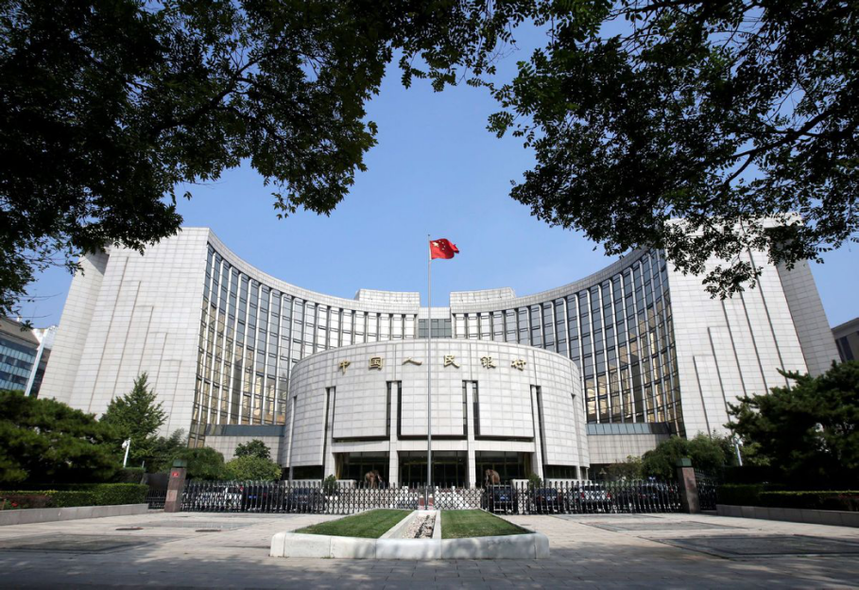Digital yuan gaining wider currency

When China's years-long efforts for a cashless society bore fruit in Shenzhen, Guangdong province, on Oct 12, some 50,000 lucky residents of the southern boomtown, winners of a lottery, received the first batch of DC/EP, or digital currency/electronic payment.
DC/EP was issued in the form of hongbao, or electronic red packets, worth 200 yuan ($29.9) each. Some of the winners recalled that 2,000 years ago, the reigning emperor of the Qin Dynasty (221-206BC) unified China for the first time by exhorting Chinese people to use a single currency. Back then, the only legal tender of the empire was made in gold or copper.
Although backed by the People's Bank of China, the central bank, DC/EP still has to pass numerous complex tests before it can be introduced across the world's most populous nation.
DC/EP is also in line with the proposals made for the formulation of the nation's 14th Five-Year Plan (2021-25) that stress science, technology and innovation, analysts said.
A meeting of China's top leadership in late October highlighted that innovation will be at the core of development of modern Chinese society. China will make major progress in developing core technologies in key areas and become a global leader in innovation. The nation's economic and technological strengths are projected to rise significantly by 2035.
A report jointly issued by the Group of Seven and the Bank for International Settlements outlined certain common principles and the key features a central bank digital currency, or CBDC, should have. One of the key features is that the new currency's issuance should not compromise monetary or financial stability. Also, it should coexist with and complement existing forms of money.
The digital renminbi is significantly different from CBDC though. "The G7 attaches great attention to cross-border payments and responses to Libra, while the Chinese digital renminbi focuses on improvement of domestic retail payments system," said Zhou Xiaochuan, former governor of the PBOC.
China's "two-tier design framework" of the digital renminbi, which allows the central bank to deliver digital currency to commercial banks first, and then to retail users, will better solve the problem of "financial disintermediation", said Fan Yifei, vice-governor of the PBOC.
A recent survey found that 80 percent of the world's central banks are engaged in exploring CBDC and half have progressed past conceptual research into experimenting and running pilots.
Most of the central banks such as the European Central Bank and the US Federal Reserve are cautious about adopting digital currencies, including those issued by foreign counterparts. Central banks fear that use of digital currencies may threaten a country's financial, economic and political sovereignty.
Adoption of digital currencies, they fear, could squeeze deposits in commercial banks as people may shift money into sovereign-backed central bank account for safety. Another concern is about loss of privacy as the central bank, if it so desires, could figure out how, where, when and what for the digital money is used.
The G7/BIS report said the speed of innovation in payments and evolution of various money forms mean that questions like where and how a central bank should play a direct role in a financial ecosystem, and what the appropriate role might be for private participation, are ever more urgent.
The latest G20 meeting involving finance ministers and central bank governors held in early October urged that no so-called global stable coins, a type of digital currency supported by bank reserves and for cross-border usage, "should commence operation until all relevant legal, regulatory and oversight requirements are adequately addressed through appropriate design and by adhering to applicable standards".
Recommend
-

-

QQ Zone
-

Sina Weibo
-

Renren.com
-

Douban

